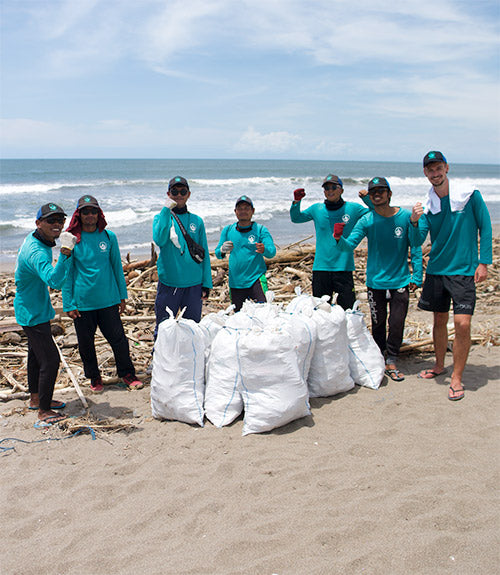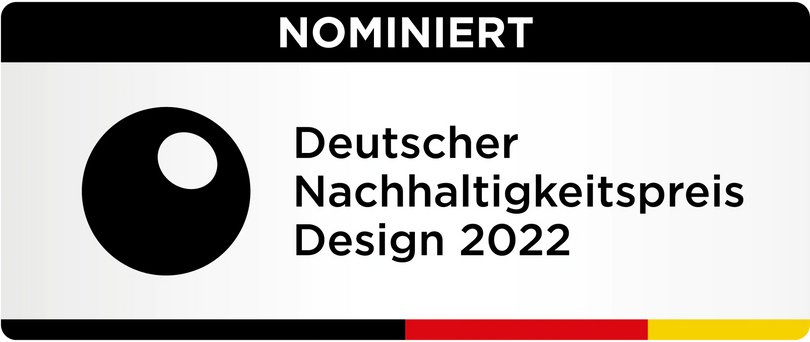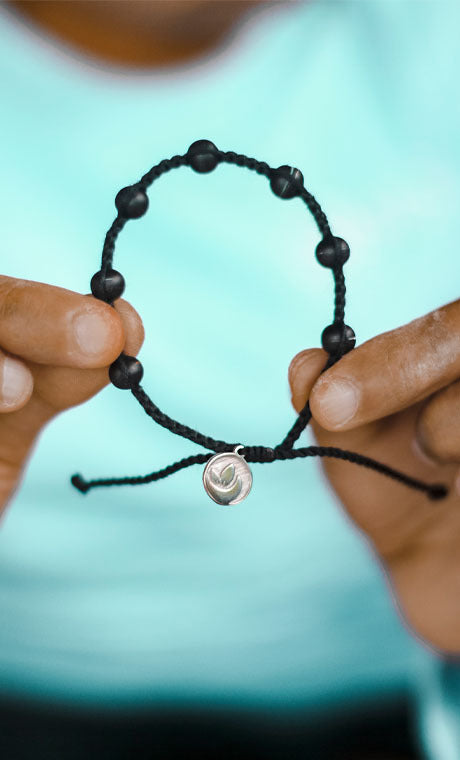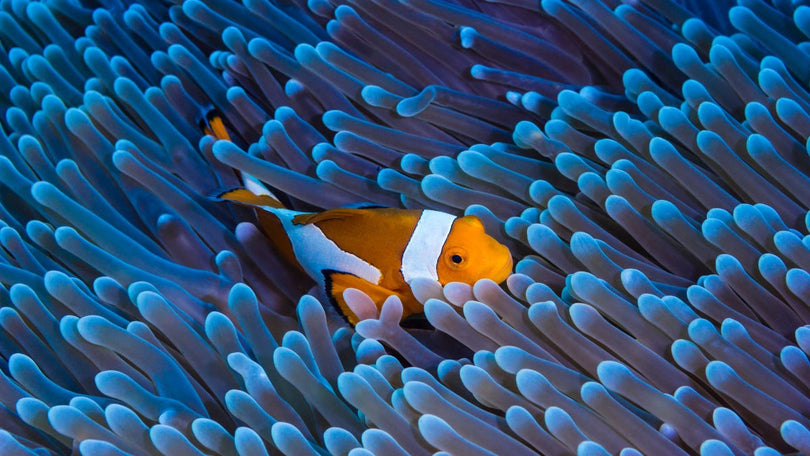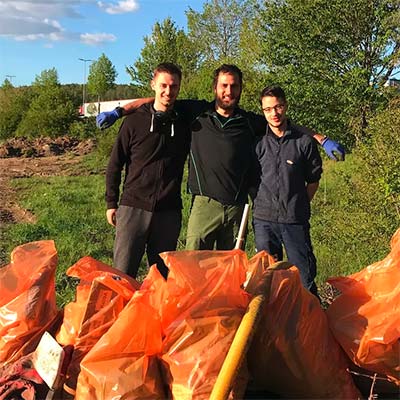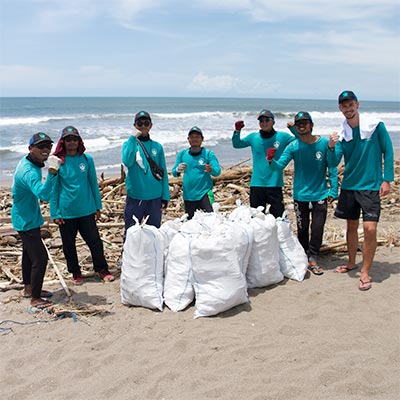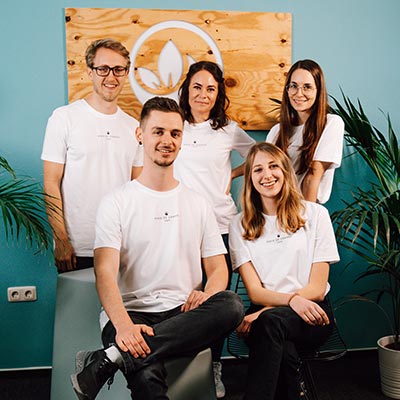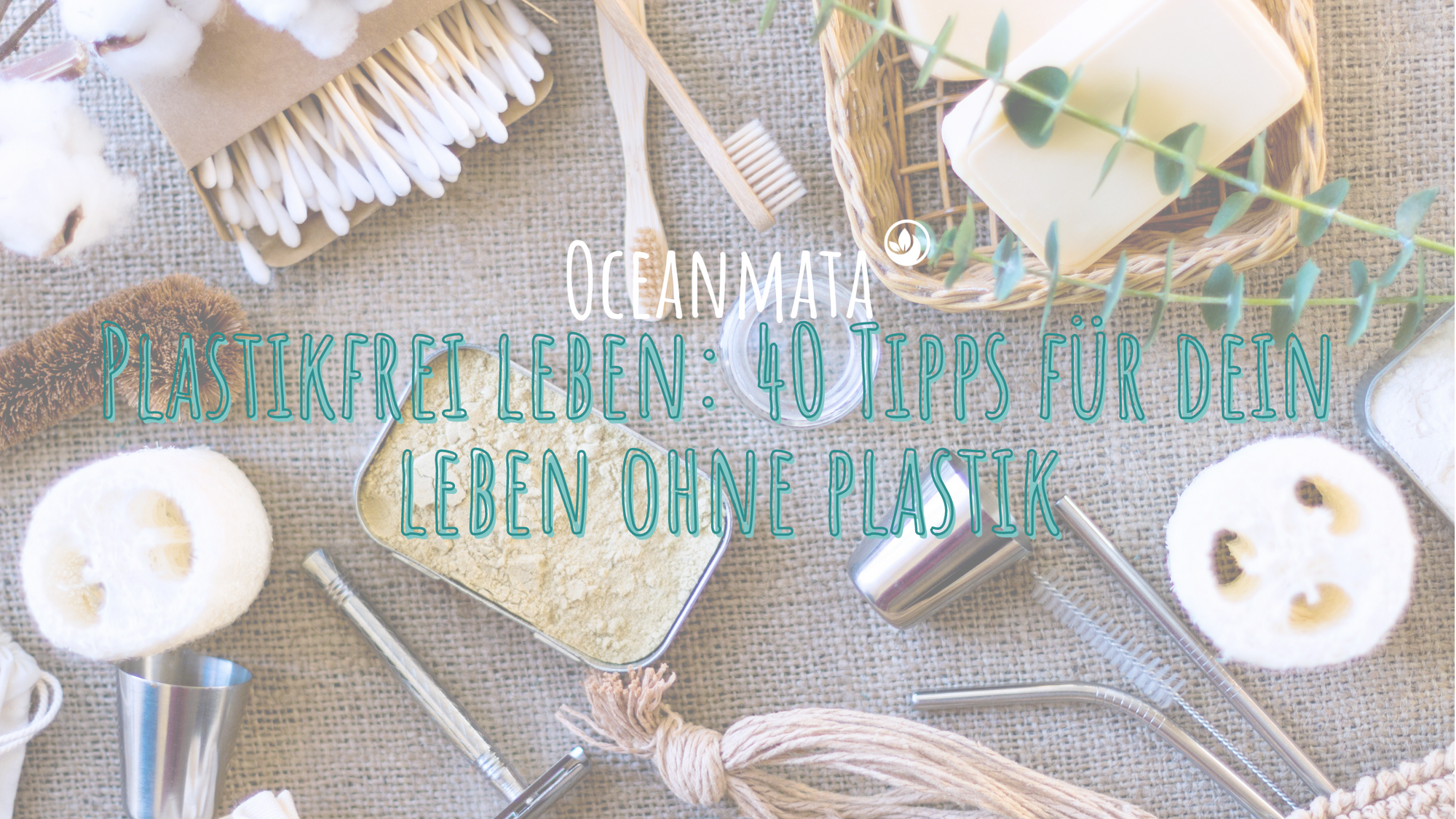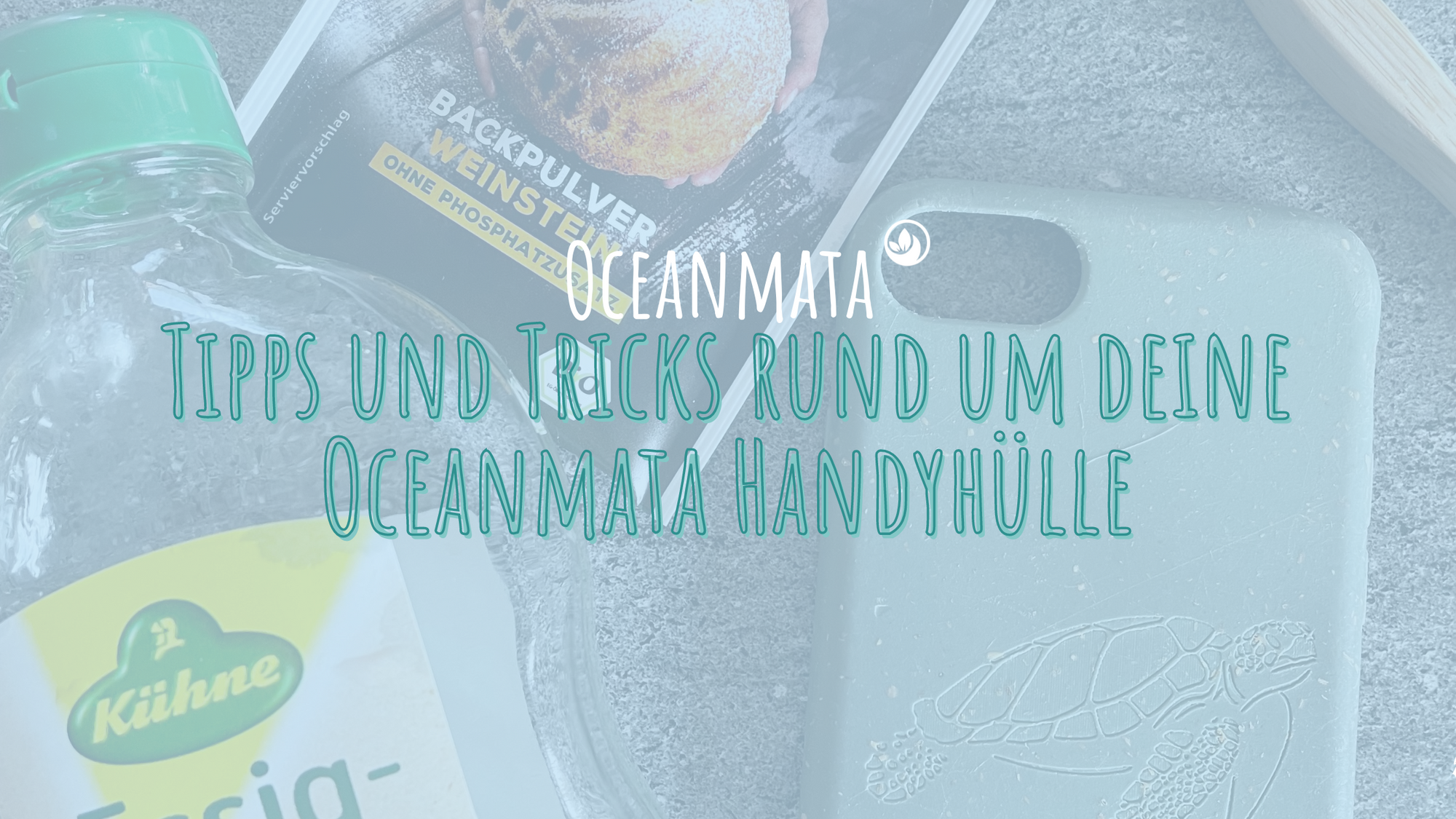One of Oceanmata ’s major tasks is to educational work and encourage people to think differently. We believe that a big challenge is often understanding the connections.
The climate is changing drastically, and our entire environment, including humans and animals, is increasingly suffering from the consequences! Not just far away, but right on your and my doorstep.
Maybe you have already caught yourself thinking “Why should I be responsible for ocean plastic? I separate my waste to the best of my ability and dispose of plastic in the yellow bag, which then gets recycled?”
So today we ask ourselves why we in Germany are also responsible for the flood of plastic in countries far away, with a direct impact on the oceans and the entire environment.

“I don’t separate my trash; in the end, everything ends up in a pile and gets burned anyway!”
You've probably heard this myth before. What's the truth? Using a few examples, we'll show you that it's not entirely true and that it's worth properly separating your waste:
- Waste glass: Glass is one of the few substances that can be used in proper separation and disposal It can be remelted and reused infinitely! However, it is important to separate the glass by color within the containers. The most important thing is to separate the white glass. Brown and green glass are somewhat compatible.
Glass also definitely belongs not in the residual waste or in the yellow bag !
Did you know? Blue and red glass belong in the green glass container!
- Residual waste: Everything that ends up in residual waste is incinerated and not recycled!
- Plastic: We'll get into that in more detail in a moment! Yes, plastic can generally be recycled. However, there are some hurdles.
- Paper: Paper can be recycled, but not infinitely. Waste paper can be recycled approximately six times before the wood fibers become too short to produce new waste paper.
How does plastic recycling work?
When landfills overflowed in 1991 and the groundwater was threatened, a packaging ordinance was introduced to stem the flood of packaging. The "Green Dot" was born, and packaging was to be reused. The yellow bag was born.
What belongs in the yellow bag/yellow bin?
- It has to be packaging! Bags, tubes, storage containers made of plastic or metal like aluminum, or beverage cartons. Hard plastic doesn't count, by the way!
What happens to the plastic after you throw it away? Generally speaking, there are three paths your household plastic takes after you've properly disposed of it in the yellow recycling bin.
- Recycling: Old plastic becomes new.
- Downcycling: Processing of recycled plastic for lower-quality products
- Export: The plastic that is not recycled here is exported abroad

More than 300 tons of waste end up in landfills every day for sorting. The goal here is to filter out recyclable packaging.
- In the first step Plastic recycling involves sorting plastic waste in the landfill by size
- In the second step In plastic recycling, the different types of plastic are separated. This is done using an infrared scanner, which uses reflected light to identify the type of plastic and thus performs the sorting.
The problem with plastic recycling at this point: Black products are not detected by the scanner due to their similarity to the assembly line, even though they could be recycled. The same applies to very colorful items such as PET bottles with elaborate advertising foils. Because the foils are made of a different material than the bottles, the actual material of the bottles is not recognized.
Another example: Yogurt cups where the aluminum lid has not been removed also end up in one fraction, even though they are actually two different types of plastic.
These packagings will not be recycled!
- What can be recognized is divided into up to 16 types of plastics This creates sorted plastic waste that can be recycled.
- In the third step In plastic recycling, the waste is shredded and washed. All plastic flakes of a different color are removed from the dry material. In the end, the white recyclate has the same quality as new, synthetically produced plastic.
By the way, this is exactly how the process works at our recycling station in Bali, only without the 14 km long recycling belts. Click here, to get to the video where we show you a day with Team Bali! Here there is the whole blog article!
How the environment benefits from plastic recycling
Extraction, processing, transportation of crude oil, refining, and other chemical processes for new plastic production are eliminated . These processes generate CO₂ emissions! Furthermore, new plastic production is very energy-intensive.
Worldwide produce extraction and transport of fossil raw materials for new plastic production 100 million tons of CO₂ . In addition 200 million tons of CO₂ produced by the production of plastics.
1 ton of newly produced plastic needed to produce 2 tons of crude oil ! Plastics are polymers. Polymers are repeating groups of molecules. They can also be found in nature, in plant cells or insect shells. Silk, hair, and DNA are also natural polymers.
Artificial polymers are produced from Petroleum, by breaking down its components and reassembling them. Plastics never decompose completely, but break down into tiny pieces. Therefore, plastic recycling is definitely the better way to benefit the environment.
Export of plastic waste
Every year more than 1/10 of the packaging waste is sent abroad . China used to be the first recipient, but since the Chinese no longer accept it, much of it ends up in Southeast Asia . Officially, the waste here is supposed to be recycled. Research by Greenpeace in Malaysia shows landfills where German packaging waste also ends up. These can also be found in other parts of the world.
The customer of the garbage must Certificates to guarantee that the waste is recycled correctly, but the inspection is not sufficient. Therefore, some of the waste ends up in illegal landfills and pollutes soil, air and ultimately the sea .
Often the countries resist and send the waste back . The mixed plastic that is exported is plastic waste that could actually be processed into new products here. Therefore, it would be necessary not only to sort the plastic, but also mixed plastic This can be used, for example, for the process of Downcycling be used.
There are now good opportunities to Secondary plastic as a German company demonstrates, using precisely this material for its products! They manufacture rainwater cisterns from precisely this colorful mixed plastic. Even though new production would be cheaper, they stick with it. They want to produce long-lasting water management products for the sake of the environment.
This example shows that high-quality products can also be made from mixed plastics if the industry were to embrace it.
A problem that we as end consumers have in our hands

The yellow bag is currently only allowed to only packaging waste . However, theoretically, all plastic waste generated in the household could be collected in it. This would make separation easier for the end consumer. Industry would also have to be encouraged to use more used plastic for the production of new products.
In summary:
- The population's lack of discipline in separating waste is a problem! If plastic waste is knowingly not separated and ends up in the general waste, it is automatically incinerated and not recycled!
- With simpler packaging and the willingness to separate, more plastic could be collected and recycled separately
- Not even a quarter of our plastic waste is currently reused, although it would be possible on a large scale
- With new chemical processes, 100% of plastic waste could be recycled in the future
What you can do
- Make sure you separate your trash properly! If you're unsure what belongs in which bin/bag, find out more!
- Remove aluminum lids from yogurt cups, for example, or colored foil from plastic bottles
- In general, make sure to save plastic wherever possible in everyday life

With Oceanmata, we want to make a statement and appreciate your support. We regularly consider expanding our product portfolio to create your favorite product, too.



